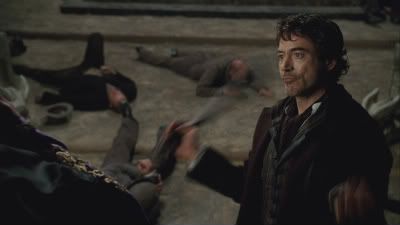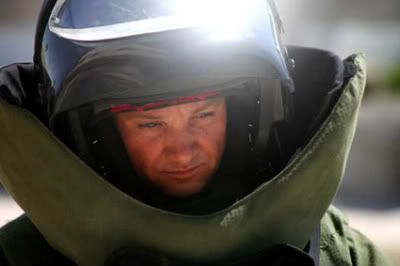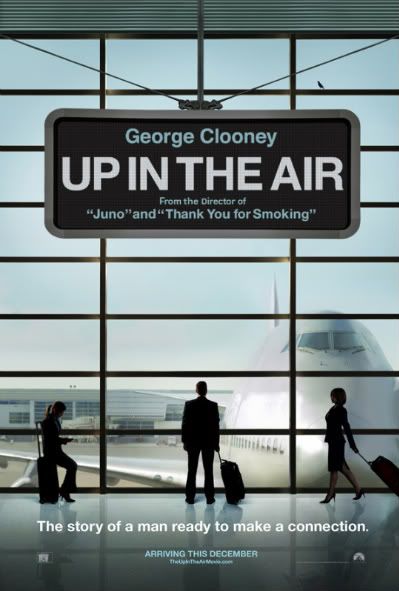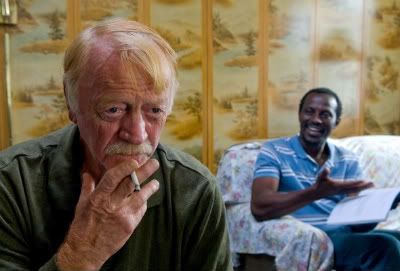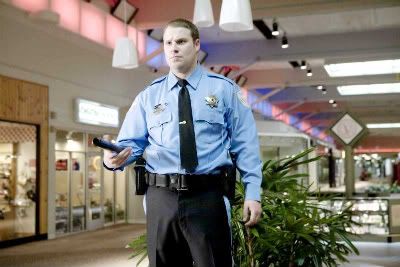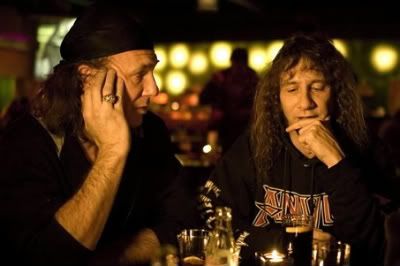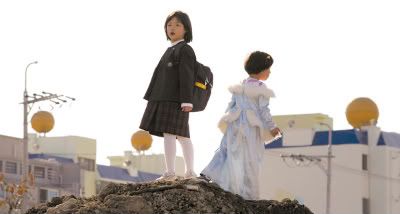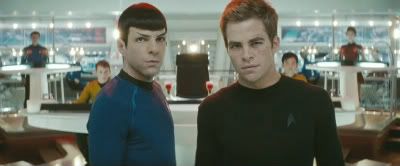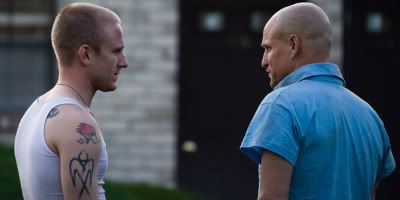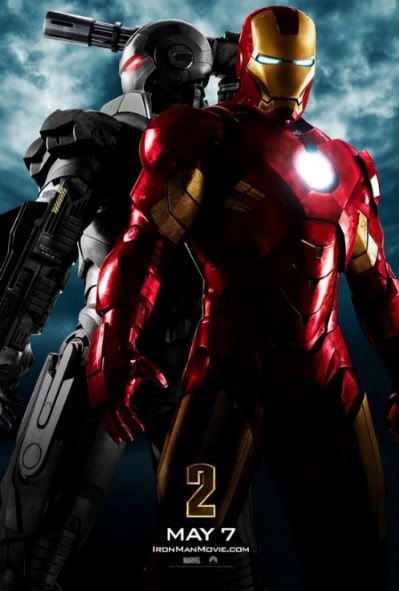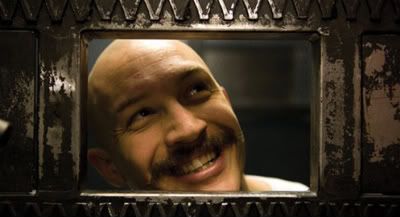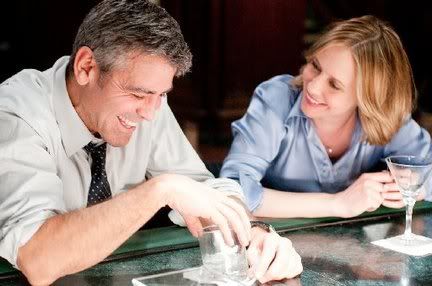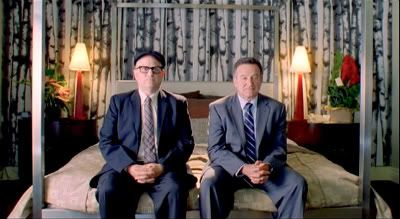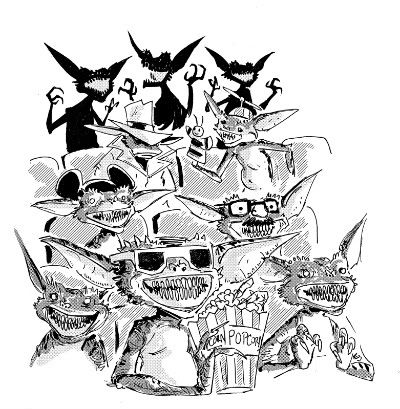The Ten Best Films of the Geek Decade
Inspired by the 1999 release of Star Wars: The Phantom Menace, a truly boring movie that managed to pull significant dollars due to its geek demographic potential, studios began to consider other ways to harness the box-office pull of fanboys. The logic was sound. Online film sources like Aint-It-Cool-News, Dark Horizons, and JoBlo did an excellent job of whipping audiences into a frenzy while more and more print critics found themselves out of a job. And when a studio played a film like Harry Potter and the Goblet of Fire, you suddenly had people hanging out in the parking lots dressed as characters from the movie, transforming it from a movie into an event, free of charge.
More importantly, filmmakers like Peter Jackson, Christopher Nolan, and Sam Raimi fought to test the Geeks' loyalty if the films being made for them were actually good.
This meant that while 90's geek films like Batman and Robin and Mystery Men were total abortions, their 00's counterparts like Spider-Man 2 The Dark Knight made for some of the most memorable moments inside a movie theater. Meanwhile, "legitimate" dramas and indie films like 90's best of decade contenders American Beauty, Boogie Nights, and The English Patient languished over the last ten years. Partially because the print critics that would have supported them in local papers had been laid off, and also because of the studios' misguided notion that people over 35 have no interest in seeing movies.
So without further adieu, here are my top ten (or 14) movies of the decade. Not all of the movies here are "geek" films by any means, but they are the best films I've seen in the last ten years.
1) City of God
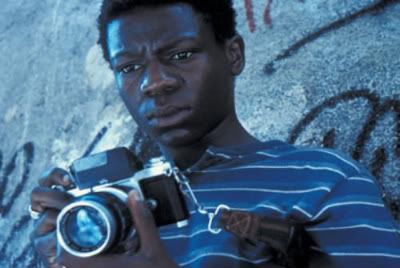
The true story of a photographer as a young man woven seamlessly into the history of the violent town where he grew up, City of God is fantastic storytelling on both an intimate and grand scale. Fernando Meirelles and his under-credited co-director Kátia Lund commanded amazing performances from a cast of child actors, many of whom were members of gangs like the ones presented in the movie. And while all of the films on this list are great, memorable cinematic experiences, none were quite as influential. The editing, handheld photography and color palette used in many of this film’s scenes have later reappeared in other movies trying to borrow part of the movie’s intensity, including The Bourne Supremacy and Quantum of Solace for starters.
When Danny Boyle won the Oscar last year for delivering a tidy, Walt Disney riff on City of God via the inferior Slumdog Millionare, the only part of me that wasn’t indignant knew it was merely latent praise for what was truly one of the best movies ever made.
2) The Lord of the Rings (trilogy)
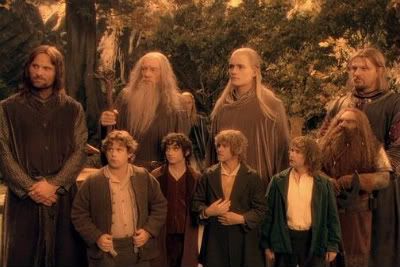
To this day, I am still baffled as to how Kiwi director Peter Jackson - who was infamous for making z-grade schlock horror flicks - was able to convince a studio to risk its entire bottom line on a three-part epic fantasy trilogy. But the gamble paid off in spades – not only at the box-office, but with the overall quality of the films as well. What Jackson and his devoted team of writers, actors, crewmembers and technicians did was essentially craft a nine-hour ode to the importance of friendship that was punctuated by epic battles. Speaking of which, between Gladiator and Avatar, there were many filmed epic battles this decade, but none were more thrilling or operatic than the Battle of Helm’s Deep from The Two Towers, my favorite movie in the trilogy.
3) Lady Vengeance (aka Sympathy for Lady Vengeance)
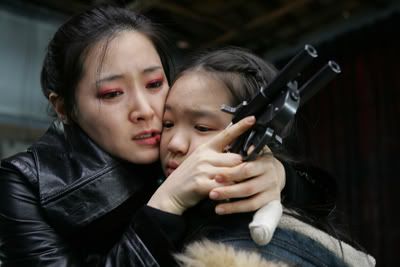
Park Chan-Wook was my auteur discovery of the decade, and while many of my friends and colleagues favored Oldboy above the rest of the director’s films, this one gets my vote. The beautiful Yeong-ae Lee plays Geum-ja Lee, a woman wronged in worse ways than even Uma Thurman’s character in Kill Bill. Of course, Lee seeks revenge – albeit in one of the most cold and calculated ways portrayed on-screen - but in a twist that echoes the other two parts of Park’s revenge trilogy (including Oldboy and Sympathy for Mr. Vengeance), comeuppance does not lead to the satisfaction or resolution frequently portrayed in movies. Beautifully filmed, this is a twisted story that shows heart in rather strange and unique ways.
4) The Royal Tenenbaums

The final installment of Wes Anderson’s youth cycle of live-action cartoons, this movie marks the one and only time in the filmmaker’s career when a movie he made was a box-office smash. And while it’s a shame his other films couldn’t net the same love, this broken family dramedy scores heaps of laughs via the most subtle of punchlines. Before “Tenenbaums” I never saw a movie make an audience chuckle at the mere sight of a bizarre painting (i.e., masked marauders on three-wheelers). Nor did I ever see one of Anderson’s characters achieve more redemption than Royal Tenenbaum (Gene Hackman), a displaced patriarch who must finally atone for the selfish and philandering ways of his past.
5) The Dark Knight

It took both of Bryan Singer’s X-Men films, Sam Raimi’s Spider-Man 2 as well as director Chris Nolan’s first stab at Batman in Batman Begins to get us here, but The Dark Knight is the first comic book film to transcend its source material and become a great piece of cinema. Lifting the compressed narrative style of comic book panels, this intricate, fiercely-edited thriller finds Batman as a hero that can’t win for losing. Vicious dogs – a motif throughout the film – chase him relentlessly; the love of his life dies horribly; and the methods he uses to fight crime appear worthless in the face of the Joker (Heath Ledger), a new villain that doesn’t believe in rules. There’s irony in the fact that one of the film’s Joker-inspired taglines was “Why so serious?” since the movie was nothing if not serious itself.
6) Kill Bill (vol. 1 & 2)

Quentin Tarantino is the great rap artist of cinema. Like all rappers, he finds discarded sources of media that most people find irrelevant – in this case, samurai and kung-fu movies from Asia – spins them together into a new beat and adds great lyrics (or dialogue) to create a song that everybody loves. So it only makes sense that Tarantino would collaborate with actual rapper and Wu-Tang member the RZA to craft this feminist manifesto of violent, bloody revenge starring Uma Thurman, who is by far the action hero of the decade. Let’s just hope that unlike other action heroes like John McClaine and John Rambo, she manages to dodge crappy sequels.
7) Amélie

Starring in a movie that’s genuinely sweet and warm as a fresh-baked cookie, cinema has given few protagonists more adorable than Audrey Tautou’s Amélie Poulain, a young woman who seeks to change the loneliness in her life by being kind to strangers. Some critics have regarded Amelie as a maladjusted sociopath, and to an extent, they could be right. But when the norm in life is to isolate people via boundaries and circumstance, can anyone really blame her?
8) Brokeback Mountain
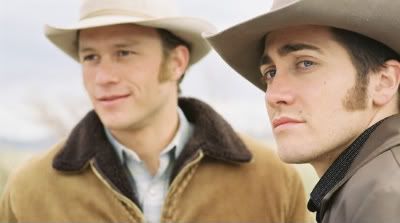
In 2005, the Academy of Motion Picture Arts and Sciences gave the greatest film released in the previous year a nomination for Best Picture. They then took that award and gave it to the grossly undeserving Crash. More than just ‘that gay cowboy movie’ scores of hack comedians mocked it for being years after its release, Brokeback Mountain is a film about the perils of living a lie, and the many casualties incurred from making that choice. My colleague Mike Compton was spot on when he criticized that while Heath Ledger got the most accolades of his career for playing the Joker, his best role was in this film as the repressed Ennis Del Mar. When society praises murdering psychopaths over gay men, it’s no wonder Ennis kept his true feelings secret.
9) Children of Men and Eternal Sunshine of the Spotless Mind (tie)
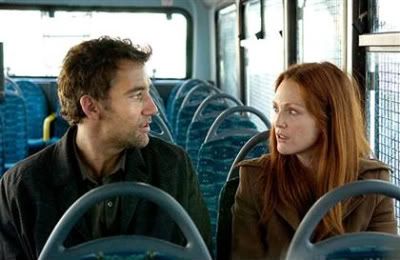
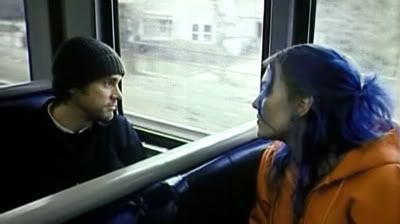
I placed both of these films in a slot together because they accomplish the same goal perfectly: they take what are essentially science fiction stories and ground them in a realistic, contemporary setting. So many sci-fi movies strive to imagine a future more advanced and different than our own. But now that we’re living nine years after the date in Stanley Kubrick’s 2001, it was refreshing to see directors Alfonso Cuarón (Children) and Michel Gondry (Eternal) realize that while we don’t have flying cars or cyborg cops patrolling the streets, the time we’re living in now is the future most people dreamed of decades ago. The tones and overall plots from both of these movies could not be more different, but if you ever watch these films back to back, I promise you’ll agree that these are the finest examples of the type of sci-fi movies the geek decade created for movie audiences.
10) Me You and Everyone We Know

With her quirky masterpiece of low-fi cinema, first-time filmmaker Miranda July bested an entire wave of digital filmmakers like Lars von Trier by proving that just because you shot your movie with digital cameras doesn’t mean it can’t be beautiful. This film is about personal connections, and how difficult it is to achieve them at a time when people are constantly separated by formalities, technology, divorce, business and dying. ))<>(( forever, indeed.
Honorable Mentions:
Roman Polanski's The Pianist is yet another reason why we must consider the merits of art and the artist separately; The Orphanage scared me senseless while warming my heart, all at the same time; Friday Night Lights is the best sports movie ever made, this coming from a guy who typically hates sports movies; Spider-Man 2 was the best comic book movie ever until The Dark Knight came out; Harry Potter and the Goblet of Fire is by far the best of the series; Up in the Air was my favorite of 2009, but has yet to stand the test of time; Donnie Darko is an immortal mind-bender of a flick, though stay away from that awful director's cut; "Superbad" was great; so was everything by those brilliant folks at Pixar (sans the still decent Cars); and May is one of the most hilarious and disturbing American movies ever made.
Worst Movies of the Decade:
1) Running with Scissors was the worst of the Wes Anderson knock-offs; 2) Star Wars: Attack of the Clones was officially where I abandoned all hope for the franchise; 3) Spider-Man 3 proves one can make a great movie followed by a very, very bad one; 4) Transformers 2: Revenge of the Fallen was long, dumb and racist; 5) Those '[BLANK] Movie' parodies might have cost nothing to make, but they were worth even less.

